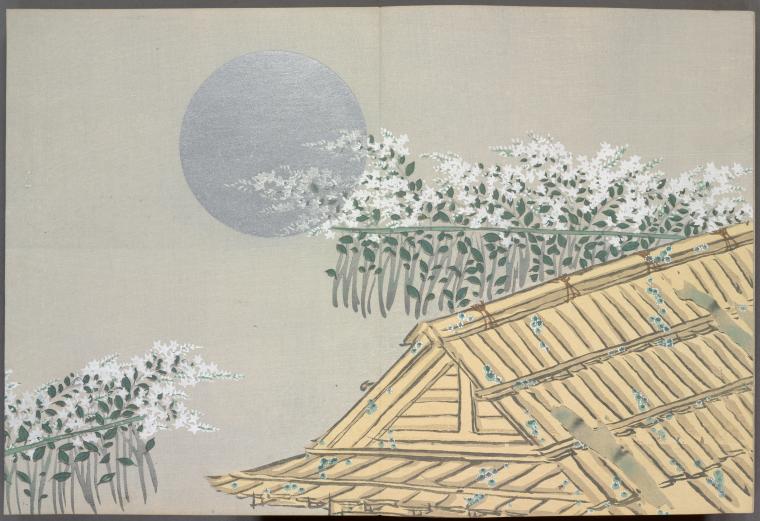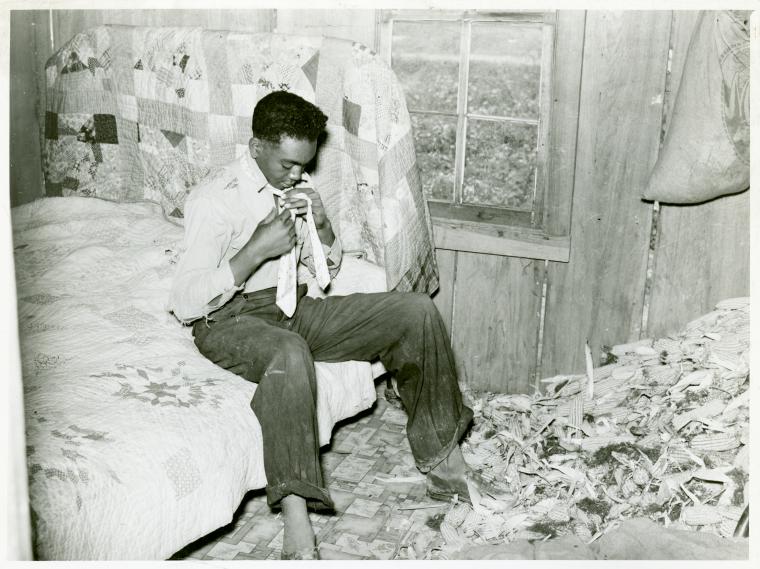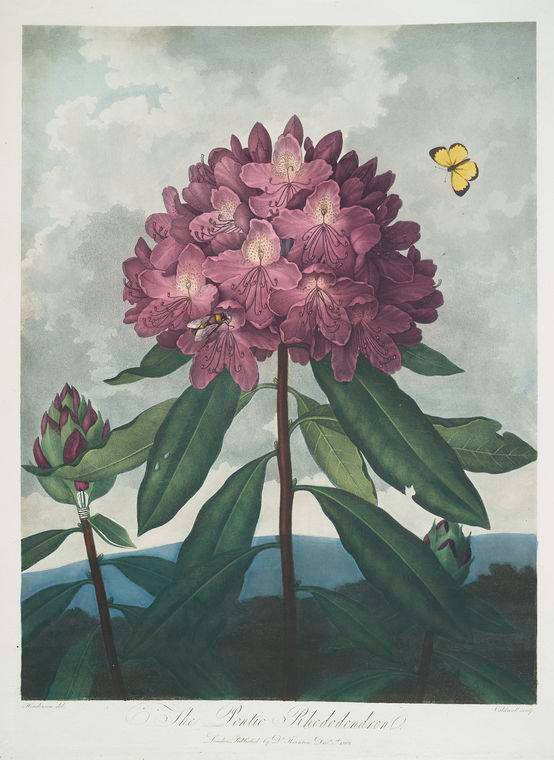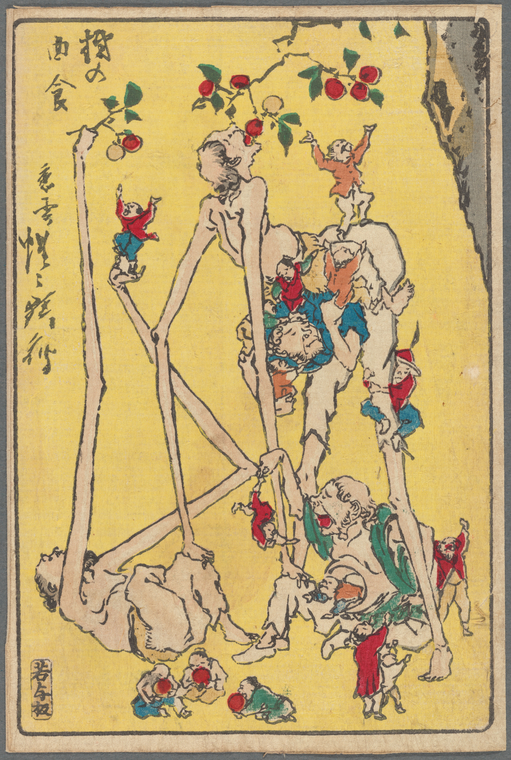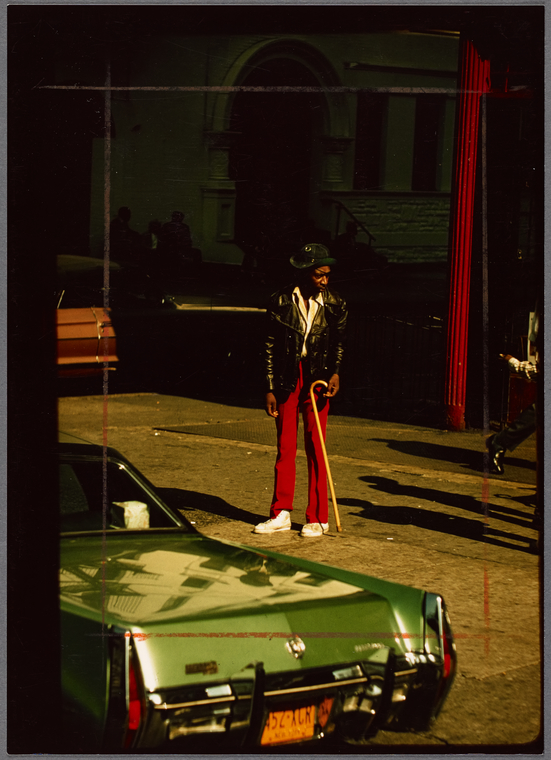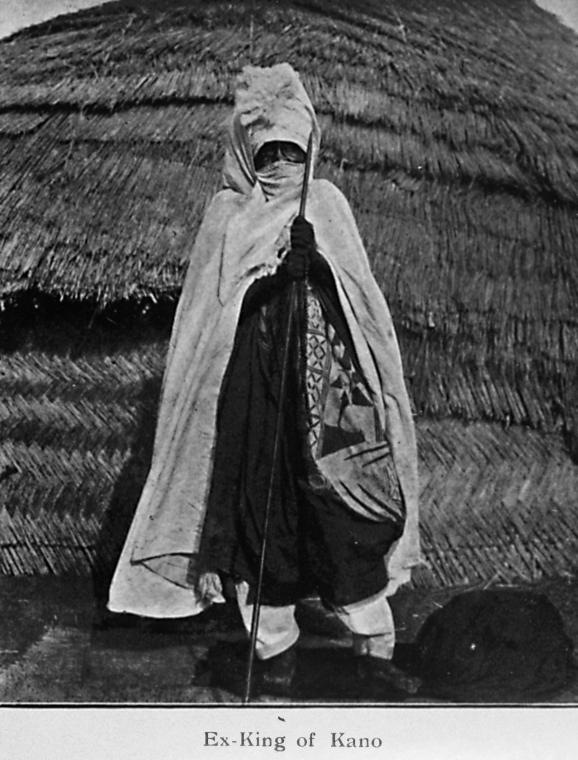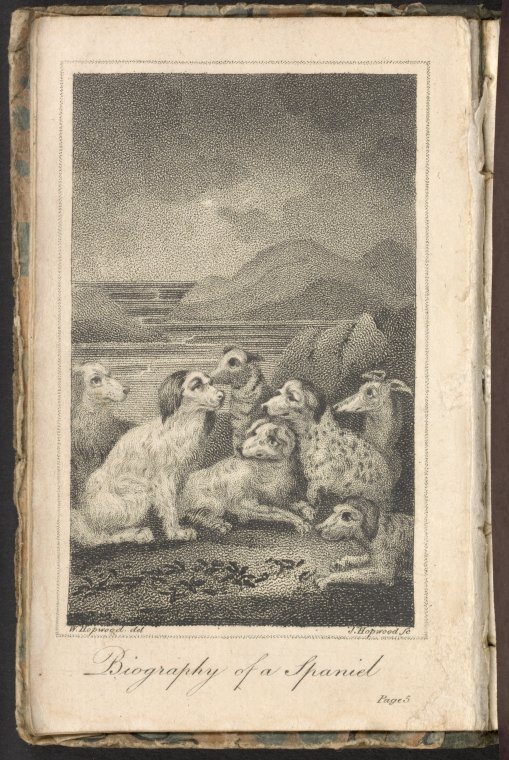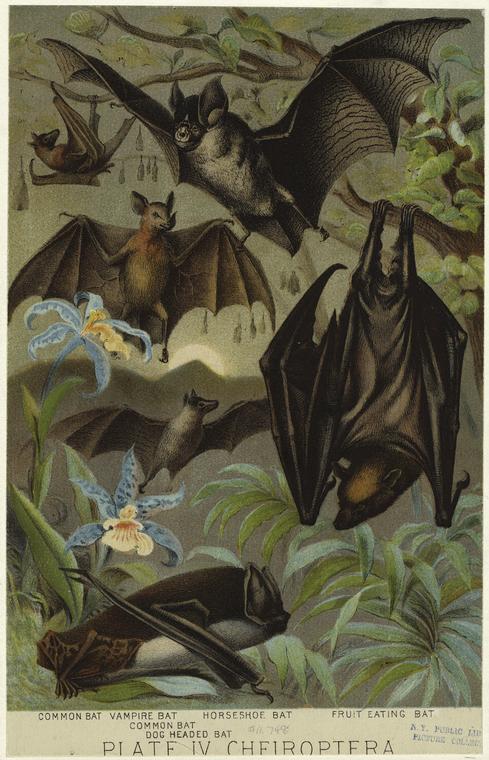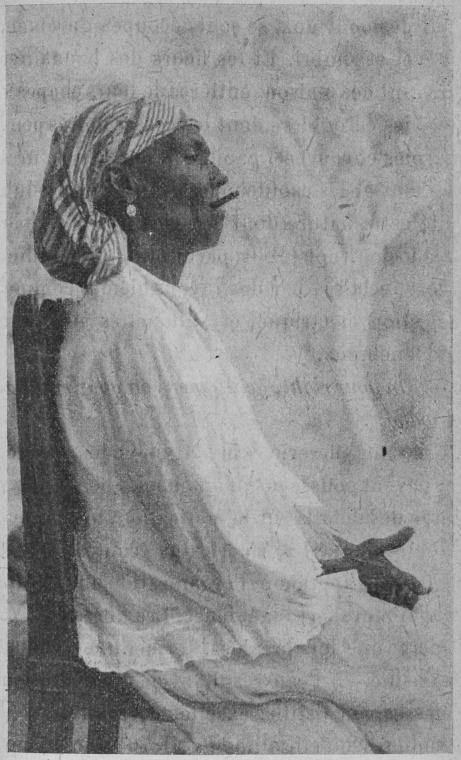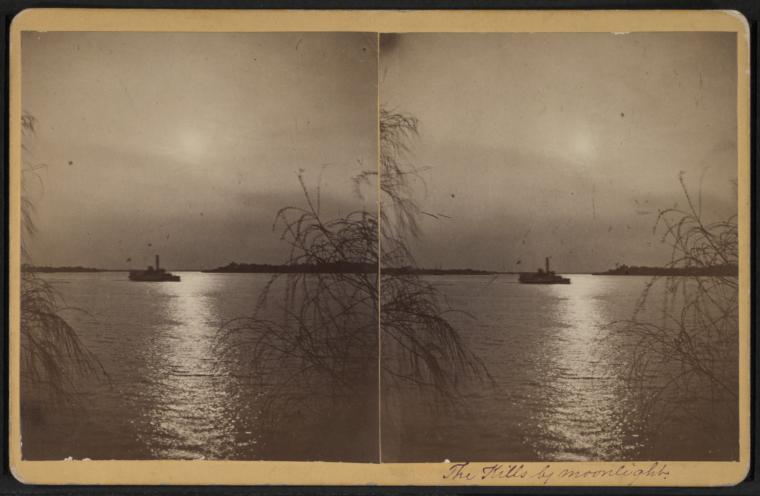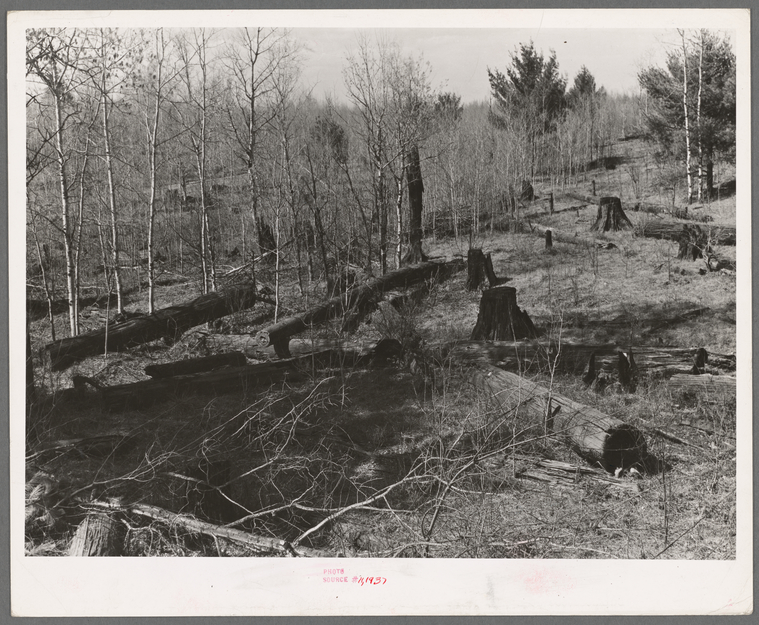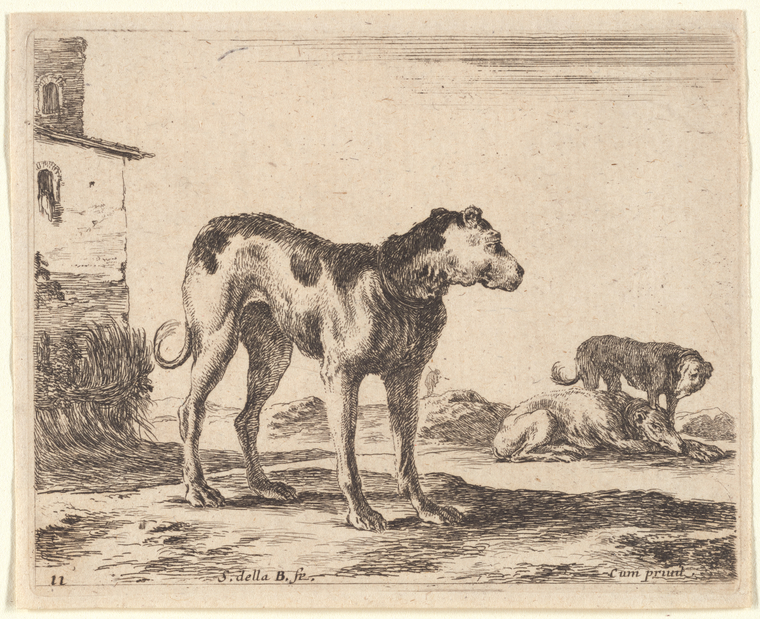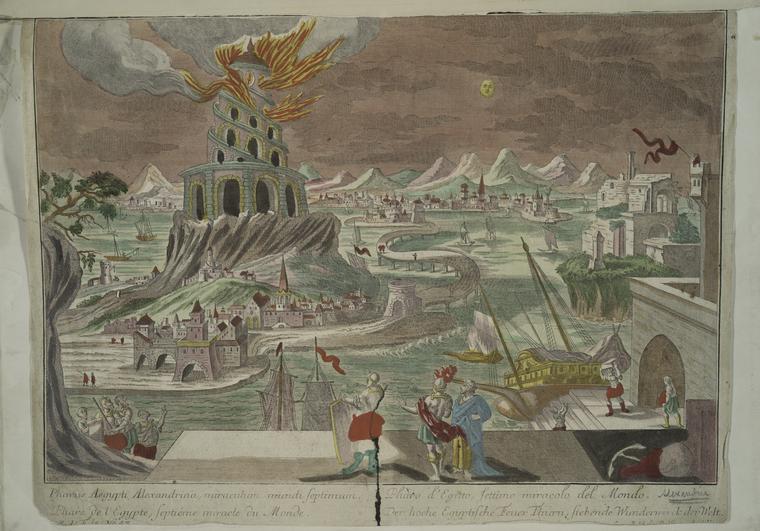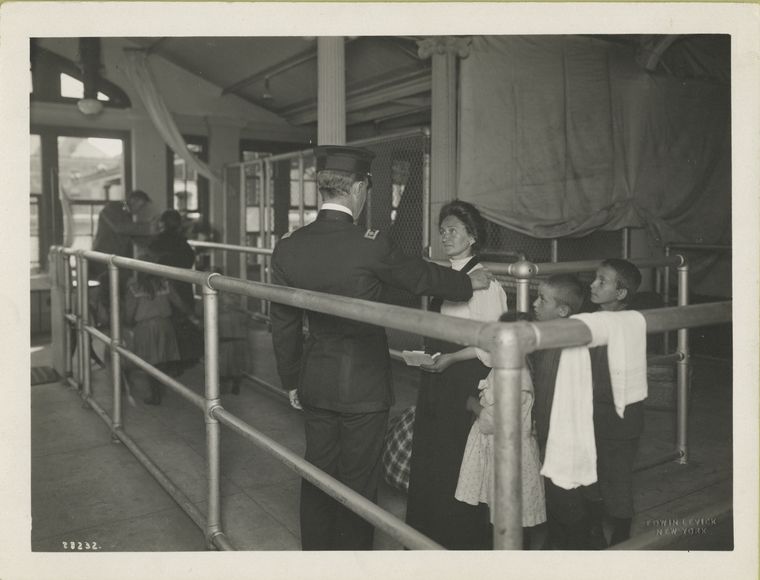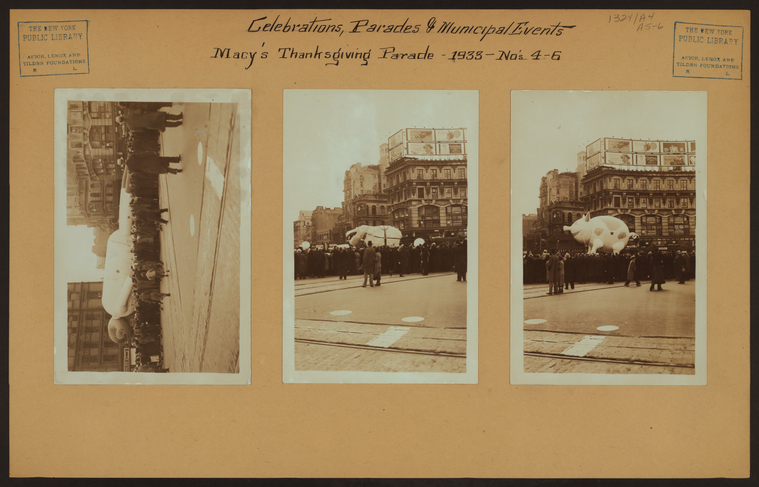Images & Poems Hand-in-Hand for Poetry Month
The images below were all selected as part of NYPL’s National Poetry Month celebration which invited poets to use our Digital Collection as inspiration for original poems. Access to these images came to be through the extraordinary efforts of a talented team of artists and photographers known as NYPL’s Digital Imaging Unit. The DIU is dedicated to creating high-resolution images of the Library’s Special Collections and General Research materials to put research materials at the fingertips of internet-connected public library patrons.
When Collections Photographers carefully and expertly handle the rarest and most fragile artifacts of our shared cultural heritage to prepare them for digitization with some of the highest-resolution cameras available, it’s impossible not to wonder about provenance, technique, and the life an object has lived. Over the years, Collections Photographers have taken time out of their day-to-day to present the history and context of these objects to one another to bring the thrill and insight of that story to the work of translation and care needed to accurately represent a precious object in a digitally networked space.
In this time when the cameras are turned off and Special Collections items have been locked away in fire-proof cabinets, we’ve asked each staff member of the DIU to present the digitized items used for this poetry celebration to one another and to you to ground these circulating TIFFs and JPEGs in a real world history before sending them back to you so that you may be inspired as well.
Momoyogusa = Flowers of a Hundred Generations by Sekka Kamisaka (1900-1910).
This woodblock print by Kamisaka Sekka from his well-known series "Momoyogusa" is emblematic of the Rimpa style of Japanese painting. Comprised of bold graphic abbreviations of natural elements, Rimpa often used expensive materials such as metallic paper as seen in the moon of this example. Because it was sought after by Japonisme collectors in Europe, Rimpa had a resurgence in the 1900s as trade increased with the west and Japanese artists sought to create works for export. The Japanese government sponsored Sekka to study in Glasgow, Scotland, where he encountered Art Nouveau, an influence that can be seen in his flowy line work and naturalistic palette. —Martin Parsekian, Collections Photographer
Read the poem "PENELOPE" by Yanyi inspired by this image.
The planet Mars: Observed September 3, 1877, at 11h. 55m. P.M., by E.L. Trouvelot.
French artist, astronomer, and amateur entomologist Étienne Léopold Trouvelot is known for creating some 7,000 illustrations from astronomical observation, first reporting “veiled spots” of the sun in 1875 and, more bizarrely, the accidental introduction of the highly destructive gypsy moth onto North American soil. Despite the introduction of astronomical photography and dry plates years earlier, Trouvelot felt passionately that the camera could not replace the human eye’s ability to seize “the delicate details of structure and configuration of the heavenly bodies.” Curiously, this telescopic illustration of Mars resembles a microscopic view—perhaps a nod to Trouvelot’s fascination with insect life. —Allie Smith, Collections Photographer
Southeast Missouri Farms. Son of a sharecropper dressing in a combination of bedroom and corn crib by Russell Lee (1938).
Russell Lee rose to fame in the United States for his exceptional work with the Farm Security Administration (FSA) in the Great Depression Era. His main concentration was capturing images that depicted social conditions of different ethnic and economic groups. During his long stint at the FSA, Lee's work encompassed over 5,000 photographs, many of which concentrated on miners and the difficult conditions they were working in. What set him apart from the other photographers at the FSA project, was that he produced series while his colleagues were looking for the best single image. Among these series was the documentation of the United States decision to extract Japanese Americans from the regular communities and confine them together within labor camps. He found this decision very disturbing and immoral and believed his photographs would serve as visual evidence for the future. —Jenny Jordan, Collections Photographer
Read the poem "Suppose" by Alison C. Rollins inspired by this image.
The pontic rhododendron by James Caldwall (1807).
This plate depicting the pontic rhododendron is but one of many completed between 1798 and 1807 for the volume, Temple of flora, by Robert John Thornton. The author worked with artists who produced the original paintings, and engravers who reproduced the watercolor effects of the originals by employing copper plate aquatint and mezzotint processes, and hand-coloring techniques. No two volumes are alike, as different volumes include distinct plate combinations and orderings. The project ended up bankrupting the author with the paintings, plates and bound volumes being sold at an auction in 1811. —Steven Crossot, Assistant Manager, DIU
Read the poem "Accidental Elegy" by Rob Schlegel inspired by this image.
Eating kaki acrobatically by Gyōsai Kawanabe (1880).
In 1837, at the age of just six, Kawanabe Kyōsai began his formalistic artistic training in the schools of legendary Japanese masters such as Utagawa Kuniyoshi, and later Kanō Tōhaku. His style was subsequently influenced by both old and new masters, but his work largely depicts a penchant for the bizarre, wild, and undisciplined. Living through Japan's evolution from a feudal country into a modern state and credited as the first political caricaturist, Kyōsai's satirical drawings often aggravated those in power—enough to have him frequently arrested and imprisoned. —Allie Smith, Collections Photographer
Read the poem "Eating Persimmon Acrobatically" by Chantal Lee inspired by this image.
Pedestrian by Walter Silver (1986).
"Silver bleach dye printing," more commonly known as Cibachrome, is a positive-to-positive photographic process used to reproduce film transparencies on photographic paper, resulting in the vibrance, saturation, and clarity seen in this Walter Silver print. The NYPL's collection of Walter Silver's work contains groups of photographs like this, all shot from the windows of buses. This print was likely for proofing—the photographer's crop marks add a pleasing, unintentional visual complexity to this scene. Without this print or the original film, however, we might not be able to make out the location-defining New York license plate on the car in the foreground. —Allie Smith, Collections Photographer
Read the poem "Dream Keeper Redux" by Willie Perdomo inspired by this image.
Ex-King of Kano (1907).
This image is most likely an example of rotogravure printing, a technique used in the late 19th/early 20th century to reproduce photographic images and drawings in books and other printed materials. In rotogravure, an image is acid-etched onto the surface of a metal cylinder. (This specific image is black adn white, but usually there is one cylinder for each color) in a pattern of cells. The cells are recessed into the cylinder at different depths and are filled with ink, and the non-printing portions of the plate or cylinder are wiped or scraped free of ink. When paper or another substrate is pressed against the inked cylinder on a rotary press, the image is transferred directly to the medium. The engraved cylinder sits partially immersed in the ink fountain, where it picks up ink to fill its recessed cells on each rotation of the press. —Adam Golfer, Collections Photographer
Biography of a Spaniel (frontispiece) by William Hopwood (1804).
Springing from mid 18th century English debates on whether animals possess immortal souls, along with higher faculties of reason, a literary genre evolved where animal protagonists spoke directly, or indirectly, to young readers in order to educate, moralize, satirize and entertain. "Biography of a Spaniel," with its frontispiece depicting the "Elysium of dogs," is an early example from 1803, while "Black Beauty" from 1877 is a later addition. This "blurring" of what is wholly human with what is wholly animal led to a re-evaluation of the treatment of animals, resulting in the founding of the Society for the Prevention of Cruelty to Animals in London in 1824. —Steven Crossot, Assistant Manager, DIU
Read the poem "Elysium of Dogs" by Charles Cuykendall Carter inspired by this poem.
Common Bat; Vampire Bat; Common Bat; Dog Headed Bat; Horseshoe Bat; Fruit Eating Bat (1880).
An illustration depicting different species of bats from Henry J. Johnson's Johnson's Household Book of Nature, 1880. Cheiroptera, an older spelling of the Greek word Chiroptera, is the name of the Mammalia order which contains bats. The bat is unique because it's the only mammal that can fly and has inspired much folklore and mythology. —Marietta Davis, Collections Photographer
Read the poem "Sonar, So Far" by Jenny Inzerillo inspired by this image.
Maude Russel and her Ebony Steppers Cotton Club show "Just A Minute" (1929).
This is an image of Maude Russel and her Ebony Steppers, performing in the 1929 Cotton Club show called Just A Minute. The Cotton Club was Harlem's most prominent nightclub between 1923 to 1940. It was first located on 142nd Street and Lenox Avenue then in the midtown Theater District. It featured popular black entertainers who performed for white audiences. —Marietta Davis, Collections Photographer
Read the poem "Just a Minute" by jayy dodd inspired by this image.
Cuban woman sitting in a chair and smoking a cigarette by Paul Reboux (1919).
Paul Reboux (1877-1963) was a French writer best remembered for his series of pastiches, "À la manière de...", where he wrote in the style of dozens and dozens of male authors and a handful of female authors. In 1919 he published Blancs et noirs; carnet de voyage: Haïti, Cuba, Jamaïque, États-Unis (Whites and blacks: travelogue: Haiti, Cuba, Jamaica, United States). This photograph was taken by the author during a guided tour which originated in Havana and included nearby farm and pasturelands. He writes, "What the megaphone does not point out to us is the redness of the ground, this redness so intense that a dusty color of tawny vermillion colors the belly of horses, cattle, the linen of workers, the brown skin of kids, who mostly go naked. What he doesn't tell us either is this respectable old lady who smokes a cigar, sitting in front of her house." —Steven Crossot, Assistant Manager, DIU
Read the poem "émigré" by Claudia Acevedo-Quiñones inspired by this image.
The Kills by moonlight by Isaac Almstaedt (1850-1930)
The Kills by moonlight is a stereograph photograph by Isaac Almstaedt. A stereograph consists of two almost identical images that are placed side-by-side on cardboard. When viewed through a viewer the two images merge into one to appear 3D. Stereographs were popular in the second half of the 19th century. They were inexpensive and people could experience far away places in their home. After Staten Island resident Almstaedt was laid off from his clerk job in a Wall Street firm because of the failing financial market during the Panic of 1873, he reinvented himself by choosing a totally different career as a photographer. —Marietta Davis, Collections Photographer
Logs left in the woods by logging operations, illustrating the great waste of timber accompanying private ownership and exploitation. By Russell Lee (1937).
This photograph was made by Russell Lee, one of eleven photographers that were hired for the Farm Security Administration (FSA) project to crisscross the United States to create an extensive pictorial record of the rural hardships of depression-era American life between 1935 and 1944. Made in 1937, this gelatin silver print depicts an all too familiar scene in Wisconsin, known as cut-over and slash, which resulted in unnecessary clearing and loss of natural resources. The FSA photography program proved to be an important contribution to society and a landmark in modern photojournalism, resulting in approximately 175,000 images that became a time capsule of how rural Americans struggled through the economic distress of the Great Depression and the agricultural catastrophe of the Dust Bowl with the goal of "introducing America to Americans." —Pete Riesett, Head Photographer, DIU
Read the poem "Logs Left" by Ian Fowler inspired by this poem.
Un chien tourné vers la droite by Stefano Della Bella (1601-1700)
This etching by Stefano Della Bella was made from a series of prints he made about animals, commissioned by the French court during his ten-year stay in Paris from 1639 to 1650. Before arriving in Paris, Della Bella lived in Rome and primarily sold works to the powerful Medici family. During this time, he would ride on horseback around ruins and sketch what he saw outdoors. While many European artists of his time focused on nobility or religious motifs, Della Bella’s depictions of everyday life, sketched ‘en plein air’ can be seen as an early example of European Realism. The dogs depicted in the etching are translated from one of these sketches, and as a result inherit an easygoing composition and natural line not often seen in the medium. —Martin Parsekian, Collections Photographer
Read the poem "Un chien tourné vers la droite" by Jennie Xie inspired by this image.
Phare de l'Egypte: Pharus Aegypti Alexandrina, miraculum mundi septmum.
The onlookers in this scene are not witness to catastrophe, but to one of the Seven Wonders of the Ancient World, the Pharos, a.k.a., the Lighthouse of Alexandria, built between 300-280 BCE, during the reigns of Ptolemy I and II. Constructed on the island of Pharos, the three-tiered tower rose 100 meters plus, guiding Mediterranean sea traffic to Alexandria's two natural harbours. A beacon of burning oil shined by night, a mirror of polished bronze by day. Its design was repeated throughout the ancient world and informs the modern lighthouse. Its significance is preserved in language as well with the words phare in French, farol in Portuguese, faro in Italian and Spanish, and pharos in English all meaning a lighthouse or beacon to guide sailors. —Steven Crossot, Assistant Manager, DIU
Read the poem "Hypatia of Alexandria (370-415 CE)" by Rebecca Lehmann inspired by this image.
Immigrants undergoing medical examination by Edwin Levick (1902-1913).
Edwin Levick (1869-1929) came from Great Britain to the United States as an Arabic translator for the Guaranty Trust Company. However, his career interest underwent a major shift into commercial photography. While his specialty was maritime photography, his contributions, which were published in the Chicago Tribune, The New York Times and The New York Herald Tribune, included other areas of interest. One of these areas was Ellis Island and the immigrants who passed through it. In this photograph, Levick documents the difficult journey and entry into the United States that immigrants had to go through. Here immigrants are shown undergoing a medical examination before they are granted entry. The preconceived idea, which is held to this day, is that immigrants bring deadly diseases into the United States. —Jenny Jordan, Collections Photographer
Read the poem "WHAT MOVES ACROSS A BORDER?" by Franny Choi inspired by this image.
Macy's Thanksgiving Parade by Percy Loomis Sperr (1933).
These mounted images of the Macy's Thanksgiving Day Parade were taken in Columbus Circle by street photographer Percy Loomis Sperr on November 30, 1933. From the early 1920s through the early 1940s, Sperr was under contract with The New York Public Library and photographed more than 30,000 black and white photographs of the five different boroughs of New York City. He was interested in documenting the physical change of the city. —Marietta Davis, Collections Photographer
Read the poem "Fee-Fi-Fo-Fun" by Shannon Keller inspired by this image.
Read E-Books with SimplyE
 With your library card, it's easier than ever to choose from more than 300,000 e-books on SimplyE, The New York Public Library's free e-reader app. Gain access to digital resources for all ages, including e-books, audiobooks, databases, and more.
With your library card, it's easier than ever to choose from more than 300,000 e-books on SimplyE, The New York Public Library's free e-reader app. Gain access to digital resources for all ages, including e-books, audiobooks, databases, and more.
If you don’t have an NYPL library card, New York State residents can apply for a digital card online or through SimplyE (available on the App Store or Google Play).
Need more help? Read our guide to using SimplyE.
